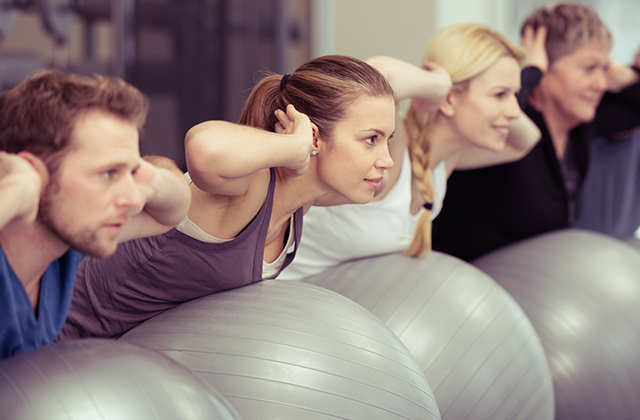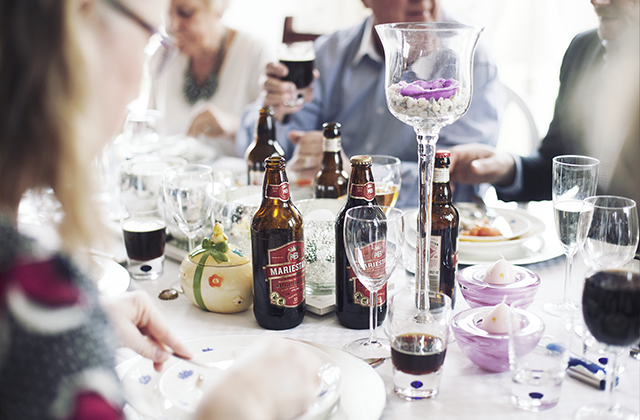Donating Your Car to Charity: Make It Easy

There are many different reasons to donate your car to a charity of your choice. If you have a vehicle that you rarely use anymore, takes up space in your garage, and you no longer want, it may be the perfect time to donate your vehicle. When you donate money, you’re helping others as well.
Making Donation Easy
In some cases, people interested in donating a car to a charity may not care about the tax deductions they could qualify for. It may seem more appealing to simply have the charity come to pick up the car and title and take if off your hands.
For those people, the donation process is very simple, and it can be a relief to have the vehicle out of your garage. Other people may be interested in donating their vehicle to help out a good cause and receive the tax deduction benefits that come with making a charitable contribution.
The Donation Process
Depending on how many benefits you want to earn from your contribution, your tax deduction process can differ. If you intend to maximize your benefits and your vehicle is worth more than $500, you probably intend to claim full market value to reduce your total taxes.
This can make filling out your taxes more complicated than claiming basic exemptions or simply making a cash donation.
The Itemized Deduction
Claiming full market value for a car is a very difficult process, and the IRS (Internal Revenue Service) tries to dissuade people from completing it by creating restrictions on the market value donation qualifications.
In order to best understand how your contribution affects your federal income tax statements, you need to complete an itemized deduction tax form. If you don’t understand this form – or if you are unsure how to proceed after making a donation – you can go to a professional tax firm to have them complete your taxes or hire an enrolled agent, otherwise called a tax expert, to represent you before the IRS.
Finding a Qualified Charity
Not all charities are qualified as tax exempt organization that can provide tax benefits in return for donating cash and non-cash items. The only charities that are qualified are ones that have been approved by the IRS as “exempt,” some religious organizations, and charities that are a 501(c)3 organization.
If you aren’t sure on the status of the charity that you wish to donate to, you can search the internet for the charity and the qualification should be on its website. If the organization does not have a website, the IRS has a page that has a current list of the tax exempt organizations.
Fair Market Value vs. Cash Donations
In most cases, it is rare to receive fair market value for a donated vehicle. A variety of fees and underlying expenses accompany car donations, and it is fairly common for vehicles that make their way to charitable organizations to need quite a bit of work to bring them back to life.
More often than not, charities end up scrapping the cars that come in and then take the money from the scrap to apply it to the charity’s purpose. The IRS also limits the vehicle’s worth to the value that the charity has for it.
If a car will be used for a certain period of time to carry out the charity’s needs or if the charity sells the car at a significant discount to someone as a fulfillment of the charity’s philanthropic mission, the donation is set at the value of the charity’s use for the car.
Understanding your Donation
Make sure that throughout the donation, you keep records of each and every transaction and piece of information that takes place. This will be a significant help during tax season. In addition, make sure that you take the necessary steps to correctly fill out your tax forms.
Your donation can truly make a difference in many people’s lives. There are many charities that could help many people with your vehicle donation. If you don’t want to go through the hassle of donating a vehicle, you can do a private sale and simply donate that cash.
Cash donations are much easier to handle on tax forms than vehicle donations, and it is up to you how you want to proceed. Just remember, any donation that you make changes the life of other people around you.
Our Mission is changing lives through the power of work! Our Vision is a community where each individual has the opportunity to learn, work, and achieve their greatest potential. MERS Goodwill, annually serving more than 69,000 individuals, is a non-profit agency operating in 75 locations throughout 89 counties in the bi-state area of Missouri and Southern Illinois. Revenues from our 43 stores and the auto donations program assist with funding MERS Goodwill job training and employment services. MERS Goodwill is a proud member of the United Way and is four-star rated by Charity Navigator. For more information, visit our webpage.
Article Source: http://EzineArticles.com/expert/Rachel_Mencel/2286083
Article Source: http://EzineArticles.com/9476234


